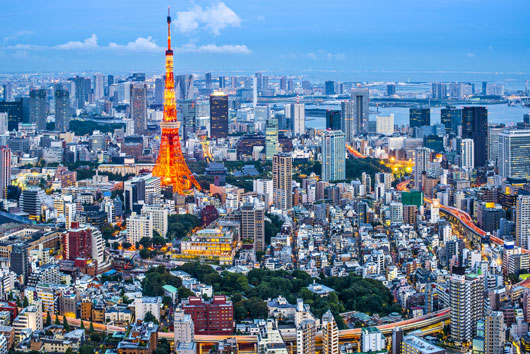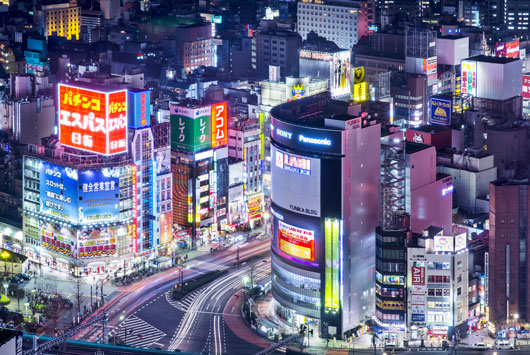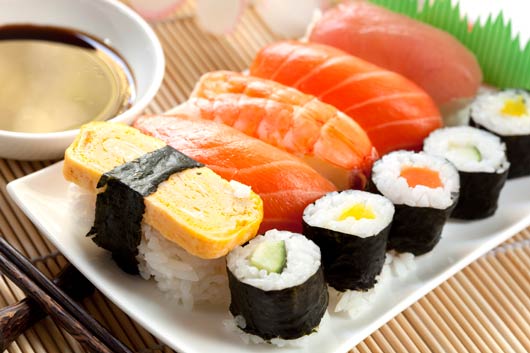
Did you ever wonder about the origin of sushi? Just how it occurred to someone to arrange raw fish over a ball of rice and eat it? Legend has it that an elderly Japanese woman once hid her pots in a fish eagle nest, and some of the bird’s fish leftovers found their way into the rice, which eventually started to ferment and hence the beginning of what we know as sushi.
Then in the fourth century, a Chinese dictionary of the era lists a sushi-like food as “a mixture of cooked rice and salted fish that creates fermentation.” While it’s still a mystery as to where and when the original sushi was eaten, it is said to have originated in China between the 5th and the 3rd centuries BC, as a means of preserving fish in salt. Southeast Asians discovered that cooked rice begins to ferment, and that fish packed in this will be preserved. The rice, curiously enough (even though for some, the carbs are best part!), was not eaten back then and thrown out.
Read Related: 8 Miso Soup Recipes that Feel Like Healing in a Bowl

The Mekong River is said to be the birthplace of nare-zushi or matured sushi, the predecessor of what we think of as sushi today. Back then it took skinning, gutting and stuffing fish with salt, then storing it in a wooden barrel (and smothered with more salt!), weighing down with a pickling stone, and left to dry for six months. News of this labor intensive, yet protein-rich food spread north toward southern China. But when it finally reached Japan, sushi was brought to all a whole new level in its preparation and presentation.
When Japan experienced a Buddhism boom in the ninth century, sushi trailed along with it, since Buddhists did not eat meat and opted for fish. And as more people became Buddhists, all the more began consuming nare-zushi . But it was not the food for the common people for some time to come. In fact, since this type of sushi took months to prepare, it was therefore left to the dominions of the wealthy until the 15th century. Over the years, its time preparation began diminishing and by the 18th century, the making of “sushi” was finally reduced to two hours.

In 16th century Japan, with the production of rice vinegar, which allowed a lifecycle of days or weeks, the lengthy fermentation process was shortened tremendously and people began eating fish with vinagered rice, a more modern-like sushi. Eventually, they discovered vinegar worked so well to preserve the fish, that they stopped fermenting the rice like in the olden days. This was a key moment in the origin of sushi.
But when did sushi start looking and tasting like what we know today? Enter a Japanese man from Edo (today’s Tokyo) named Hanaya Yohei who changed everything: Yohei, crowned the father of nigiri, discovered a way to serve sushi in mere minutes. The Chicago Tribune noted that according to Kikuo Shimizu, the master sushi chef and author of Edomae Sushi: Art, Tradition, Simplicity, Yohei, gave sushi the artistic and pragmatic flair it need. “Finding press-molding a bother and squashed fish not very palatable, he conjured up the idea of quickly working rice and fish together in a few deft hand moves,” said Shimizu.

One would assume that the fresh taste of Yohei’s sushi was preferable to the fermented flavor they were used to. While sushi became the ultimate street vendor food for quite a while, after the 1923 earthquake, Japan’s sushi vendors started opening shops indoors due to more affordable housing prices after the city’s destruction.
So what is the origin of sushi in the U.S.? Though there had been servings of sushi for elite Japanese and U.S. diplomatic parties, Los Angeles was actually the first city to open its arms and mouth to sushi when in 1966, Kawafuku Restaurant in Little Tokyo opened its doors to a raw fish weary public. While Kawafuku was the first to offer traditional nigiri sushi, the first sushi bar outside of Little Tokyo, Osho, opened in Hollywood in 1970, catering to thrill-seeking celebrities, who are also the ultimate trendsetters. Afterwards, sushi bars began sprouting up in Chicago and New York and the rest in California Roll history.



